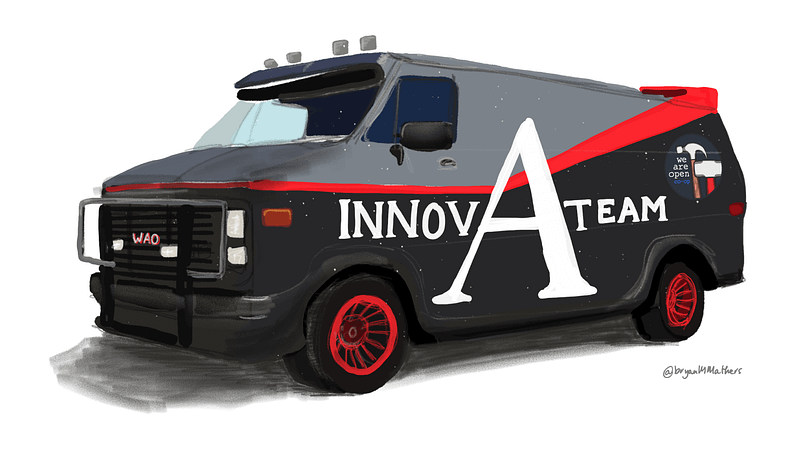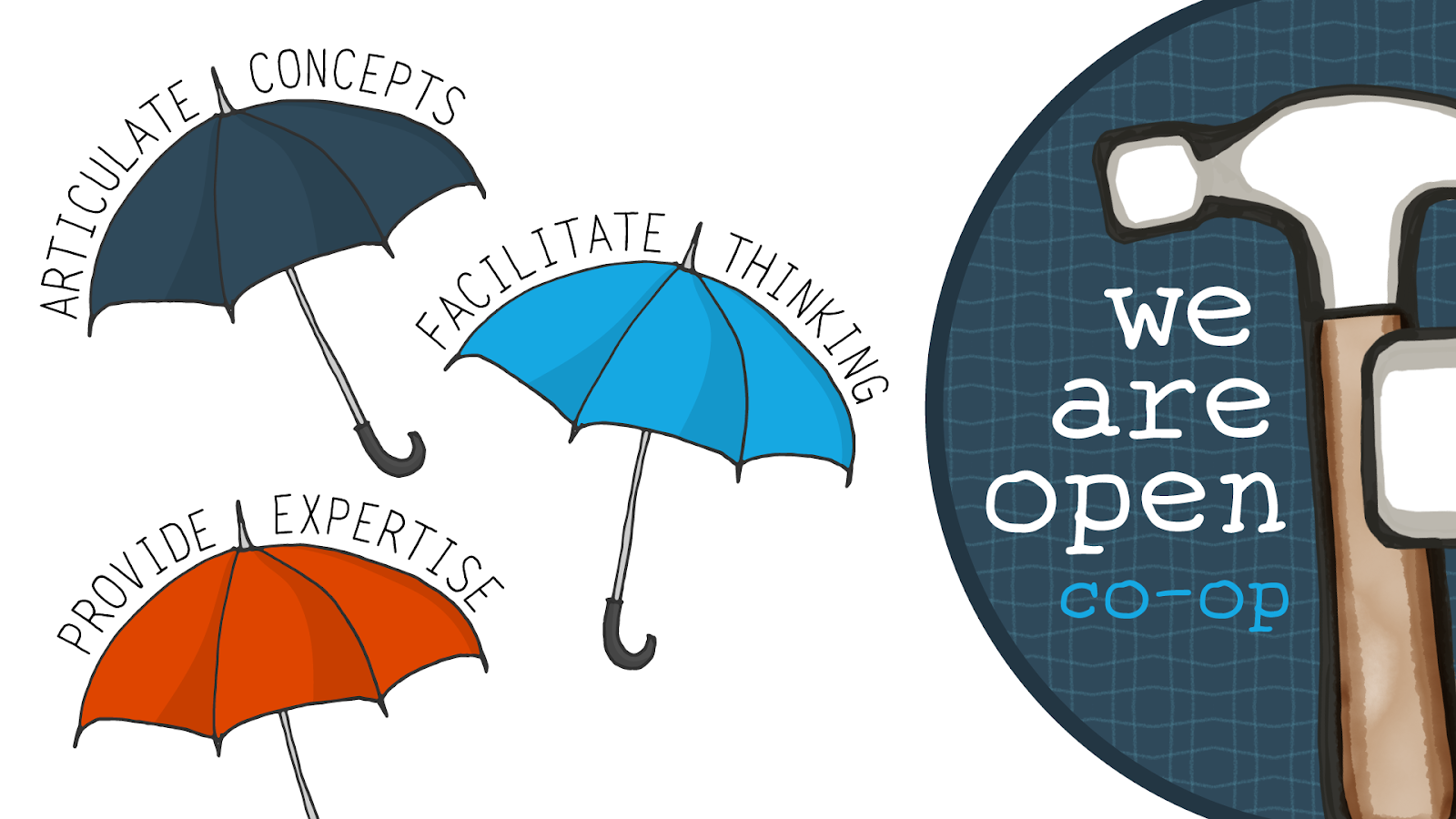
As usual, the members of We Are Open Co-op met yesterday to co-ordinate, plan our work, and generally get stuff done. While we come together a couple of times per year for an in-depth, in-person meetup, our day-to-day and week-to-week interactions tend to be carried out remotely.
For us, working from home, or wherever we happen to be, has been our ‘normal’ for years. However, now that even a Coronavirus conference has been cancelled because of… coronavirus, there are a lot of people getting to grips with remote working for the first time.
If that sounds familiar, and this is something that is entirely new to you, we recommend the Remote Work Survival Guide from Remotive. This is a short introduction to remote work and covers all of the bases well.
In our experience, though, there is no one-size fits all solution. Organizations need to use different strategies, tools and techniques for different groups of people. Online community building is an art form, and as we move into an era of increased remote work We Are Open Co-op is well positioned to help your organization find strategies that work for your people.

Getting through the first few days or weeks is important, hence a ‘survival guide’. But the chances are that the pandemic will lead to many organisations accelerating their gradual shift to remote work.
That’s why we thought it might be a good time to gather together some of our go-to recommendations for reading and go a little deeper than merely ‘surviving’. Instead, what does thriving look like in a remote work context?
The answer, we think, is to focus on leadership and management within organisations. While you may be experienced in remote working your colleagues may not. It’s at times like this that poor decisions can be made, and cultural norms spring up that turn out to be problematic or even toxic.
1. Process
Fully-remote work can be difficult, especially when you’re new to it. The main reason for this, as Andreas Klinger points out, is that remote teams need much more in the way of process than office-based teams:
When i say processes, i don’t necessarily mean heavy-handed workflows, piles of paper and someone using a giant stamp confirming every action. I mean “systemized communication and expectations made explicit”.
This can be as simple as: “We do check-ins every morning…” “Please before you do X always do Y…” These simple explicit agreements allow other people to expect those actions to happen and avoid unnecessary communication loops.
But… i am sorry to say… this is work… you need to act like a larger company than you actually are… you need to be stricter about best practices, and you will run into communication problems… a lot of them.

2. Remote work is different
What you mustn’t do is to manage remote workers as though they are office-based. Different contexts require different rules and, as Rebecca Corliss notes, if you’ve been used to working with your colleagues in a co-located way, you’re probably relying visual cues to determine what ‘hard work’ looks like.
Managers need to back away from their conventional views of what “working hard” looks like and instead set specific targets, explain what success looks like, and trust the team to get it done where, when, and however works best for them.

3. Flexibility and trust
What are the principles that you, as a leader of a remote team need to bear in mind? The SCARF approach/acronym used by David Rock helps with ‘psychological safety’ within your team. It’s helpfully outlined in a recent post by Matt Thompson at The Joy of Teamwork:
• Status: A sense of importance and belonging.
• Certainty: Clarity. An ability to predict what will happen.
• Autonomy: Agency. A sense of freedom and control. Being treated like an adult.
• Relationships: Connecting on a personal level. Feeling like we know each other.
• Fairness: The rules are fairly applied. Things are fair and above-board.
When brains have their SCARF on, they’re all warm and cozy and safe and creative. When they don’t, they tend to be triggered and anxious and armored up. When there’s drama or conflict or dysfunction in a team, in 90% of cases I find it can be traced back to one or more of these five elements.

Going further
If you want a deeper dive, and to watch something instead, this webinar by Automattic (the makers of WordPress) on remote management is particularly useful:
In conclusion…
Bear in mind that while there are recommended practices and things that will work with any team, it’s important to take account things like personalities, tech skills, and availability on different days. These will all have an impact upon team cohesion.
Ultimately, it’s the small things that make the biggest difference. Insisting that the team check in by saying “hello” and check out by saying “goodbye” at the start and end of each working day. Encouraging them to turn on their webcam during meetings. Over-communicating what they’re working on and any assumptions they’re making.
What you will probably find is that the practices and processes you develop during your ‘emergency pivot’ to remote work during the pandemic will help your career. You’ll learn to measure work by results rather than how it looks and feels, for example, and how to communicate intention and emotion at a distance.
If this post has been useful to you, please consider tapping the ‘clap’ button. Also, let us know in the comments section if you have any recommendations which you’d like to share with others!
We Are Open Co-op works to spread the culture, processes, and benefits of openness wherever we can. Get in touch and see how we can help you transform your remote working practices!


Discussion